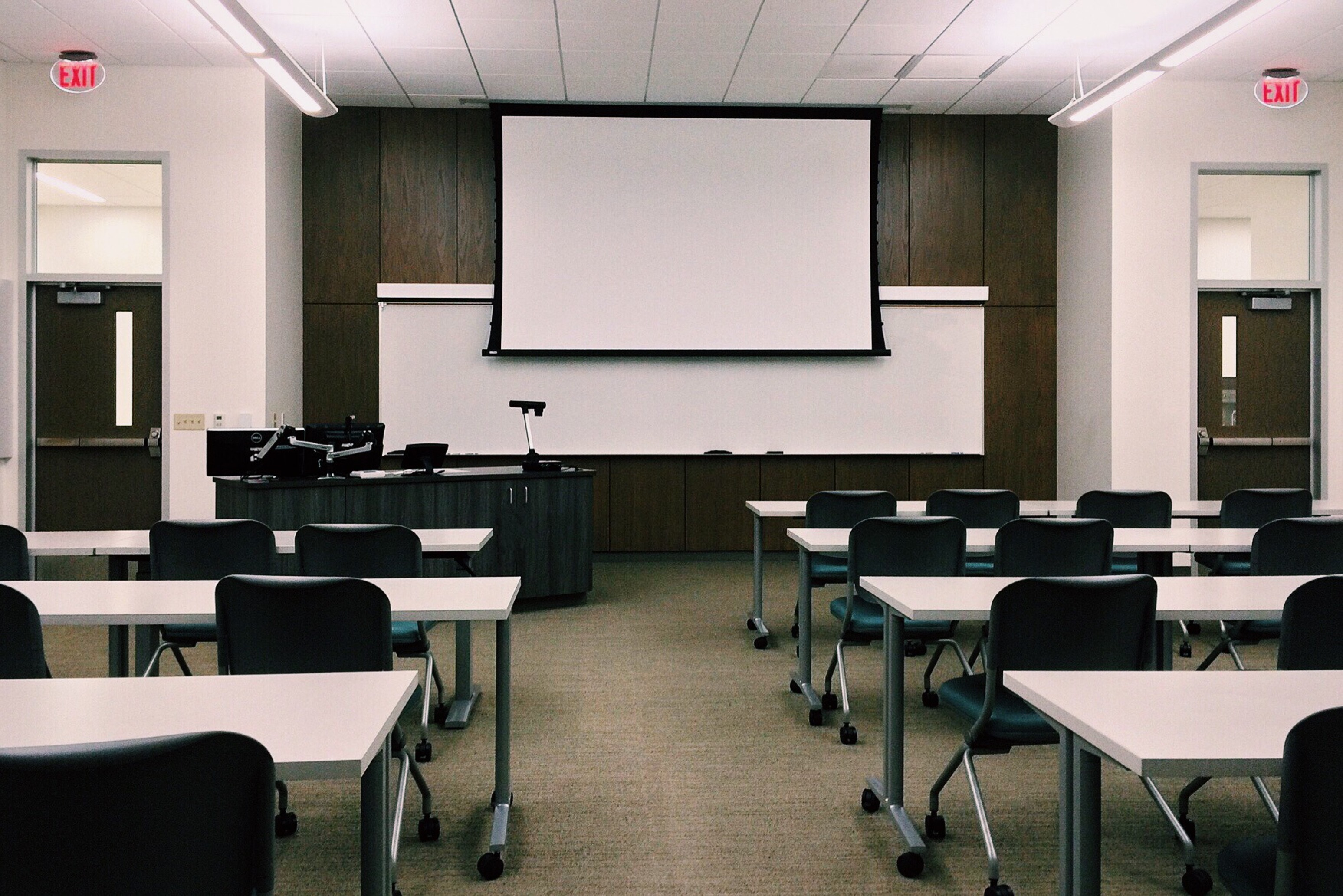Varying Backgrounds and Academic Support

Given that students come from diverse financial backgrounds at Lafayette, it is important to consider the levels of experience that students have had with various topics both in and outside of the classroom. For students who went to high schools in middle and upper-class areas, access to AP and college-level courses was likely more readily available than for those who went to Title I public schools. For some students, certain concepts, theoretical frameworks, and ideas may be difficult to grasp if their basis in that major is not very strong. For other students, their knowledge level or comfort with certain materials may be stronger than that of their peers due to their academic backgrounds.
Differences in students’ academic backgrounds are important to consider when designing the syllabus, and these situations can be further addressed with including supplementary resources on Moodle. Providing more basic level information or context for some students is incredibly beneficial. For others, additional (optional) readings or materials can propel students further. Offering support during office hours, of course, is always an important step. Faculty can also refer students to The Academic Resource Hub on the first day of class, on the syllabus, and interpersonally when a student is struggling with the material.